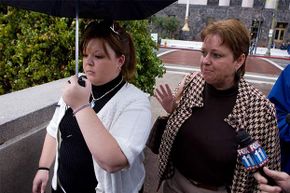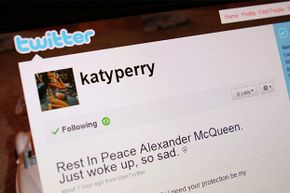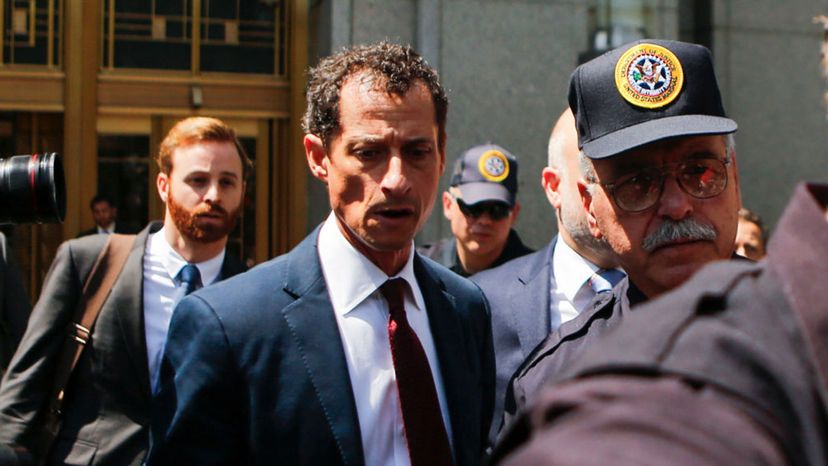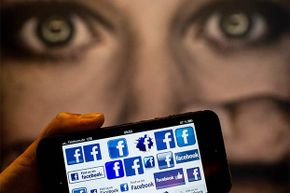Back in 2006, 14-year-old Megan Meier began chatting on MySpace with a boy named Josh Evans. Meier, who suffered from depression, was excited that an older boy was talking to her. But soon Evans started sending messages that said he didn't consider her a friend. These escalated to calling her "slut" and eventually writing, "The world would be a better place without you." Sadly, Meier hanged herself. Afterward, it came to light that was no "Josh Evans." The account had been created by a former friend of Meier's who lived on her street, with help from her mother, Lori Drew. Drew was convicted of three misdemeanor charges of computer fraud in the U.S.'s first cyberbullying verdict. Her daughter Sarah was not indicted. A federal judge later acquitted her [sources: Megan Meier Foundation, Steinhauer].
Not all online harassment ends with someone's death or conviction, but the trauma can still be there all the same. "Just when I think I've seen it all, someone will find a new, creative way to harass somebody," says Jayne A. Hitchcock, cybercrime and cyberbullying expert, and president of volunteer organization Working to Halt Online Abuse (WHOA). Her group gets about 70 cases a week. Usually they file a complaint with the social media company where the offensive comment was posted to have it taken down, but they will file police reports as well, depending on the incident.
Advertisement
Internet harassment takes on many incarnations, but the core concept is fairly simple – a person uses online avenues like email, social media, apps and websites to cause emotional distress. Usually, it's just hateful words, but sometimes it spills over into physical threats or worse.
So how do these harassers do their dirty deeds? Some of them might be new to you. Let's count the ways, starting with the most serious type of harassment.










